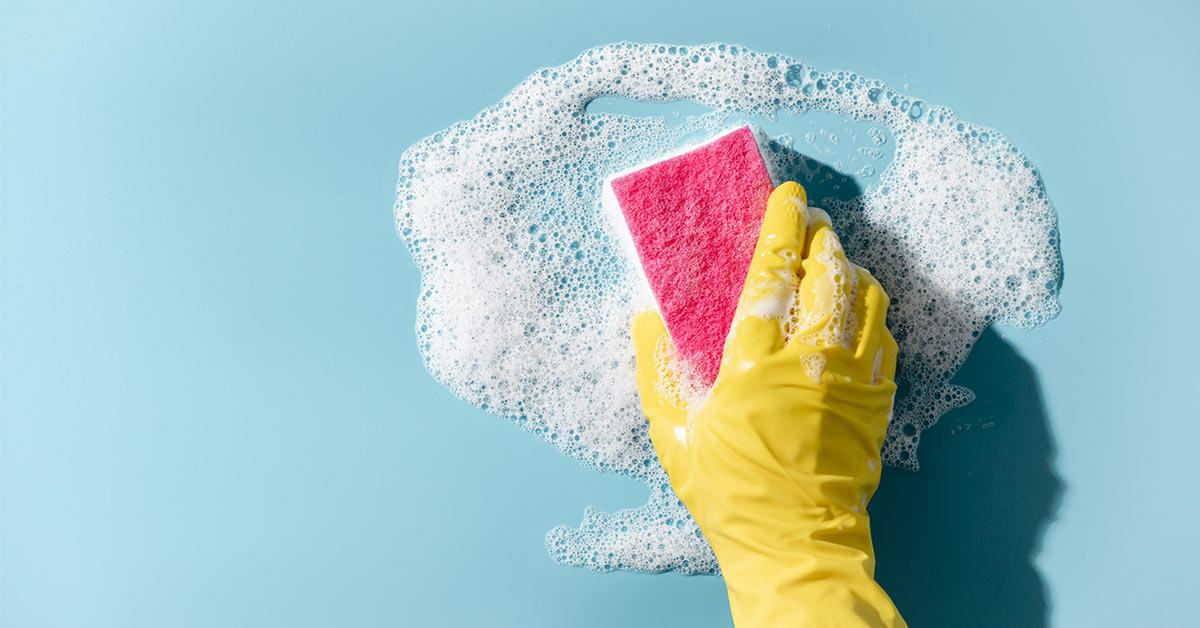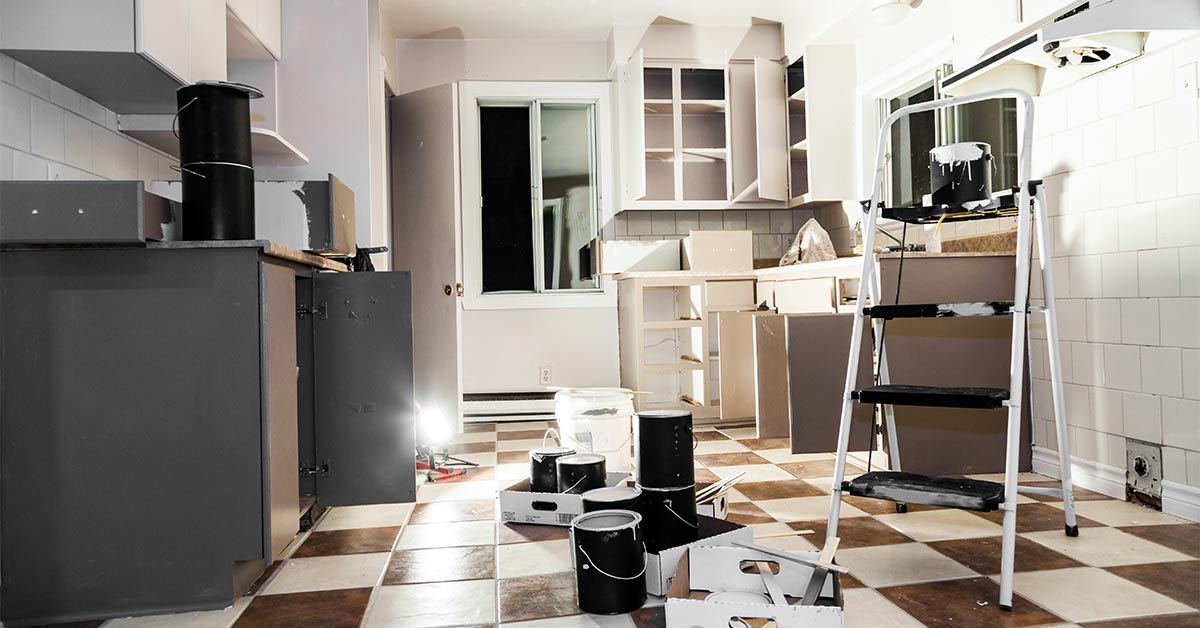Cleaning your storage unit regularly ensures that your belongings are immaculate and that your storage unit is tidy and organized. To help you clean and organize your storage unit efficiently, we have come up with five steps you can take!
Take an Inventory Count of Your Storage Unit Items
The first thing you should do is scan the unit and take an immediate inventory of what is inside. Then, determine if certain items need to remain in the storage unit, or if they can be thrown out of the storage unit.
Consider the following steps to assess a storage unit:
- Write down what you see. Keep a pen and paper on hand and jot down some large items you can see immediately. Count the number of boxes and write down how many you will need to sort through, in order to estimate how much time the clean-out will take. Will you need extra people? This inventory will help you answer that question.
- Create an open space inside or outside the unit. If space is limited, carve out one free corner, which will become your processing area for step three. If there is no room inside the unit, you can set up a temporary pop-up canopy and process items outside the space.
- Having a rough inventory before you start sorting the items will help you know the amount of work you have ahead of you.
Enlist Friends to Help and Plan a Day to Declutter
To lessen your chances of becoming overwhelmed, prepare yourself for what is to come. Pick a time to do the actual clean out and come back equipped with moving supplies, garbage bags, labels, and sorting totes.
Before you clean out your unit, make a mental note of the following:
- How much time do you need? Overestimate here. You may need more than one day to clean out your storage unit thoroughly. Plan accordingly, so you have all the time you need and more to dedicate to the job.
- What rules apply to storage unit auctions? If you won the storage unit at an auction, determine how much time you have to empty the unit. You may need to clear out the unit immediately and sort through the items at a separate location.
- How many people do you realistically need? It may be helpful to have more than one person on hand. Ask for help in advance and be sure to have all the support you need, meaning both emotional support (if you are cleaning out a loved one’s unit) and some extra muscle.
- ‘Do I have an emotional attachment to any of the stuff?’ Remember that cleaning out sentimental items can be an overwhelming process. This response is natural, so do not beat yourself up if you become emotional if, for example, you inherited a storage unit or used one to store items from a loved one.
Organize Items into Categories Such as ‘Keep’, ‘Sell’, and ‘Toss’
The Four-Box Declutter Method is an effective way to sort through and clean out items on a larger scale. The premise behind this technique is using four empty boxes for sorting — a ‘keep’, ‘toss’, ‘donate/sell’, and ‘store’ box.
- The keep box includes items you can remove from your storage unit and bring home.
- The store box sorts things that will stay in storage.
- You will have a sell box for items you plan to sell or donate.
- The last box is a toss box, which will include anything that is broken beyond repair.
Stick to the Schedule
The biggest storage unit clean-out mistake is not getting the job done in the scheduled time frame. If you have gone through the above steps and find yourself stuck, you may want to enlist a professional organizer. Someone who cleans out areas for a living will help you stay on track and keep you from getting distracted. Even task-oriented people can get sidetracked!
Professional organizers are especially helpful when cleaning out estates. Since the professional organizer has no attachment to the items in your storage unit, they can help you make rational decisions about whether you should keep, toss, sell, or donate an item in question.
Here are some important pointers to remember while decluttering:
- Do not take on large areas in a random fashion. Start with one small area at a time and finish sorting it before going on to another.
- Make sure to have a spot for everything you are removing from the storage unit. If you are cleaning out your storage unit for good, consider relocating storage boxes to a garage or basement.
- Challenge yourself to get rid of junk and unnecessary items and try not to transport too many items back home. Think about how you can get rid of stuff, without creating a mess elsewhere
Sell Items from a Storage Unit
There are several ways to sell items from a storage unit. You could sell the entire unit through an auction company, or you could sell each item individually. Craigslist and Facebook Marketplace are examples of excellent online sales platforms where you can sell your items.
Hire a Junk Removal Company if Necessary
There are numerous companies that can help you get rid of storage unit contents without you needing to lift a finger. Hiring someone is especially useful if you do not have someone that can help you out, or if you are not physically capable of cleaning your storage out by yourself.



